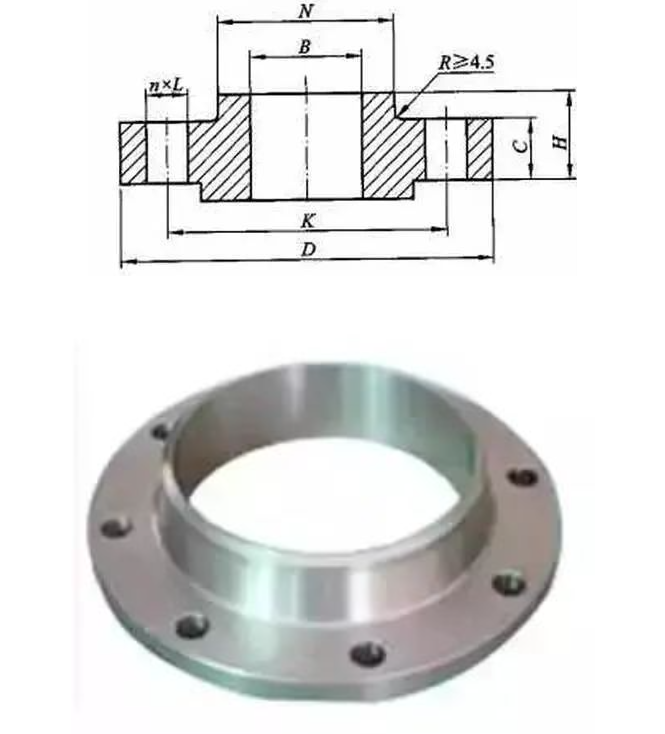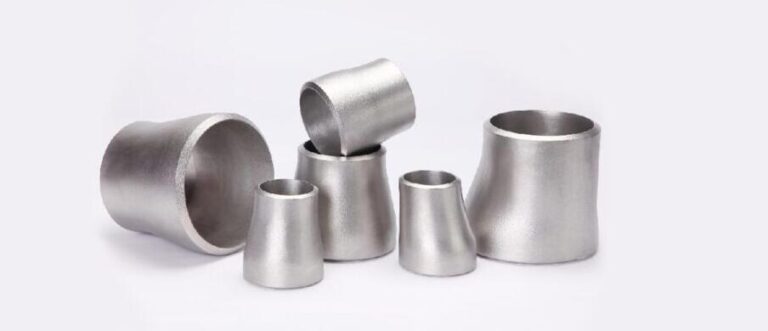What are the classifications of flanges? Have you used them all?
Butt welding ring loose sleeve flange
Flat welding ring loose sleeve flange
American standard neck flat welding flange
American standard neck butt welding flange
Flange joint is a component that is very commonly used in engineering design and covers a wide range of areas.
It is an indispensable part in piping design, pipe fittings and valves, and is also an essential component in equipment and equipment parts (such as manholes, sight glass level gauges, etc.).
In addition, flange joints are often used in other industries such as industrial furnaces, thermal engineering, water supply and drainage, heating and ventilation, automatic control, etc.
There are two main systems for flange standards in the world, namely the European flange system represented by German DIN (including the former Soviet Union) and the American pipe flange system represented by American ANSI flanges.
Plate flat welding flange
advantage:
It is easy to obtain materials, simple to manufacture, low in cost and widely used.shortcoming:
It has poor rigidity, so it cannot be used in chemical process piping systems with supply and demand, flammable, explosive and high vacuum requirements and in highly and extremely hazardous situations.
The sealing surface types include flat and raised surfaces.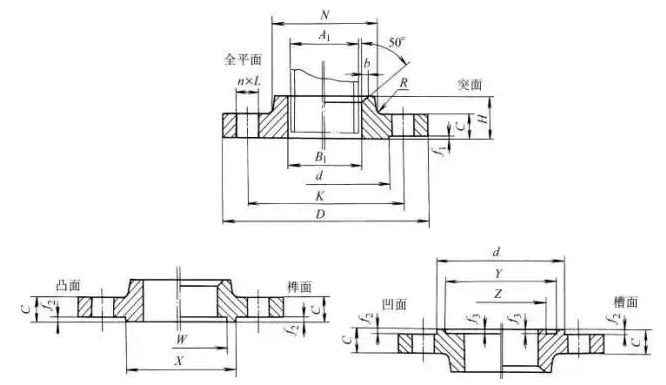
Flat welding flange with neck
advantage:
On-site installation is more convenient, and the process of patting and rubbing the welds can be omitted.shortcoming:
The neck height of the flat-welded flange with neck is lower, which improves the stiffness and load-bearing capacity of the flange.
Compared with butt welding flanges, the welding workload is large, the welding rod consumption is high, and it cannot withstand high temperature and pressure, repeated bending and temperature fluctuations.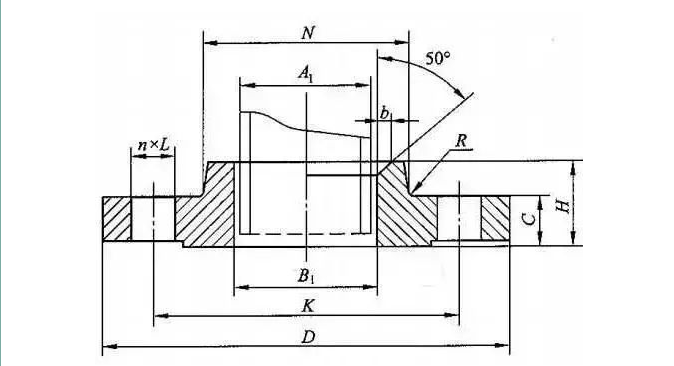
Butt welding flange with neck
Sealing surface form:
Raised surface (RF), concave surface (FM), convex surface (M), tenon surface (T), groove surface (G), full plane (FF).advantage:
The connection is not easy to deform, the sealing effect is good, and it is widely used. It is suitable for pipelines with large temperature or pressure fluctuations or pipelines with high temperature, high pressure and low temperature. It is also used for pipelines transporting expensive media, flammable and explosive media, and toxic gases.shortcoming:
The necked butt welding flange is bulky, heavy, expensive, and difficult to install and position. Therefore, it is more likely to be bumped during transportation.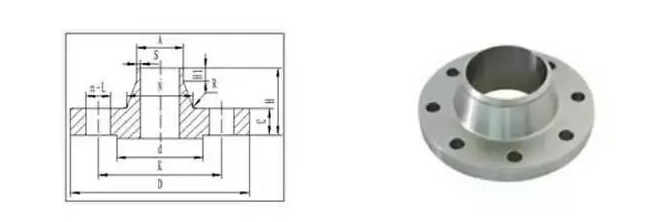
integral flange
The integral flange is a flange connection method. It is also a type of neck butt welded steel pipe flange. Materials include carbon steel, stainless steel, alloy steel, etc.
Among various domestic standards, IF is used to represent the integral flange. It is mostly used in pipelines with high pressure.
The production process is generally casting. In the flange type, an “IF” is used to represent the overall flange type.
Generally, it is a raised surface (RF).
If it is used in flammable, explosive, highly and extremely hazardous operating conditions, you can choose convex and concave surface (MFM) and tongue and groove (TG) seals in addition to the RF surface. surface form.
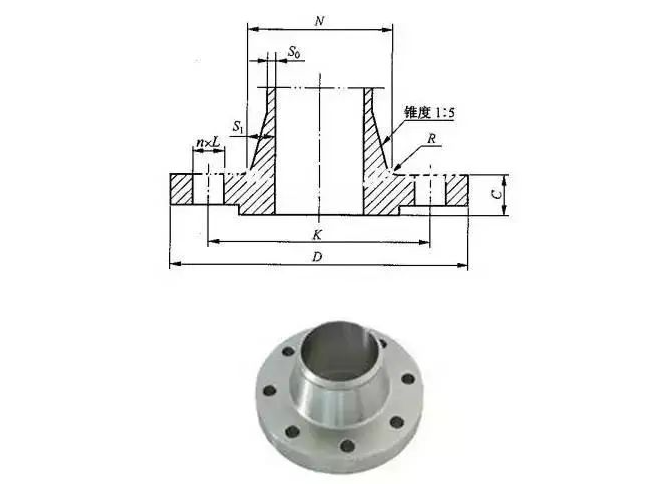
socket weld flange
Sealing surface form:
Raised surface (RF), concave and convex surface (MFM), tongue and groove surface (TG), ring connection surface (RJ).Application scope:
Boiler and pressure vessel, petroleum, chemical industry, shipbuilding, pharmaceutical, metallurgy, machinery, stamping elbow, food and other industries. Commonly used in pipelines with PN≤10.0MPa and DN≤40.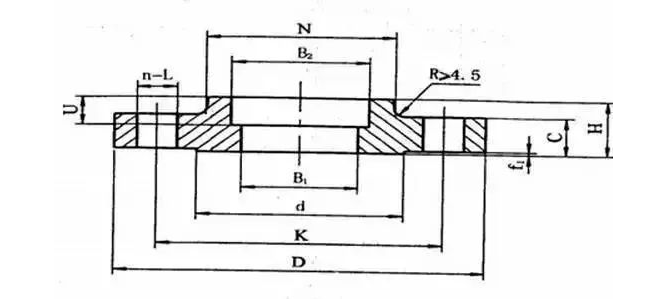
Threaded flange
advantage:
Compared with flat welding flanges or butt welding flanges, threaded flanges are easier to install and maintain, and can be used on some pipelines where welding is not allowed on site. Alloy steel flanges have sufficient strength, but are not easy to weld, or have poor welding performance. Threaded flanges can also be selected.shortcoming:
It is recommended not to use threaded flanges to avoid leakage when the pipe temperature changes rapidly or when the temperature is higher than 260°C and lower than -45°C.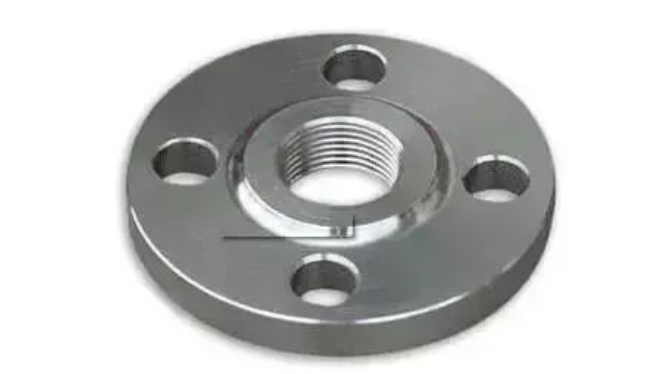
Butt welding ring loose sleeve flange
effect:
The purpose of using a butt welding ring loose flange is generally to save material. Its structure is divided into two parts.
One end of the pipe part is connected to the pipe, and the other end is made into a butt welding ring. The flange is made of low-grade materials, while the pipe part is made of the same material as the pipe to save material.advantage:
1. Save costs. When the pipe material is special and expensive, the cost of welding flanges of the same material is high.
2. It is not easy to weld or process or requires high strength. Such as plastic pipes, fiberglass pipes, etc.
3. Easy to construct. For example, it is difficult to align the flange bolt holes when connecting or prevent the flange bolt holes from changing when replacing equipment in the future.shortcoming:
1. Low pressure tolerance.
2. The strength of the welding ring is low (especially when the thickness is less than 3mm).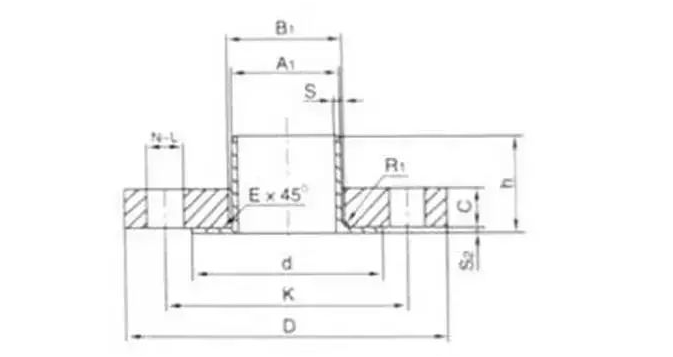
Flat welding ring loose sleeve flange
advantage:
1. It is convenient for welding or processing or requires high strength, such as plastic pipes, glass fiber reinforced plastic pipes, etc.
2. It is convenient for construction. For example, the flange bolt holes should be aligned when connecting to facilitate alignment or prevent the flange bolt holes from changing when equipment is replaced in the future.
3. When the price is high, save money. When the pipe material is special, the cost of welding flanges of the same material is high.shortcoming:
Accept that the stress is low.
The strength of the welding ring is low (especially when the thickness is less than 3mm).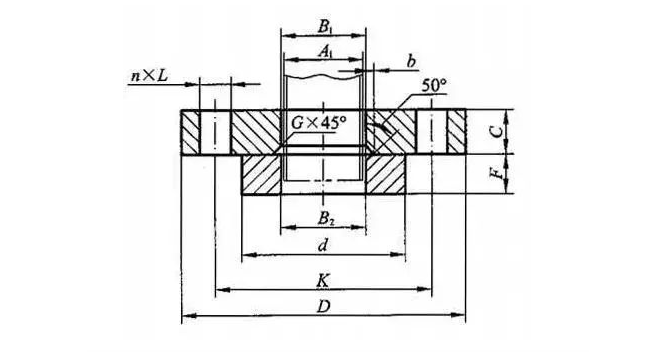
Blind flange
Flange cover sealing surface:
Flat surface (FF), raised surface (RF), concave and convex surface (MFM), tongue and groove surface (TG), ring connection surface (RJ)
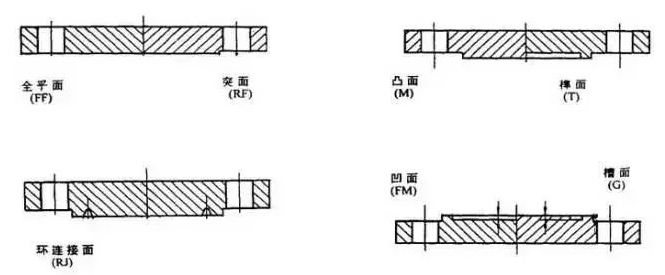
Lined flange cover
The lining flange cover is a blind flange, with stainless steel surfacing on the side close to the medium, forming a whole.
Lined flange covers are used as blind plates on pipelines with corrosive media.
The difference from ordinary flange covers is that an anti-corrosion lining is added to the contact surface with the medium.
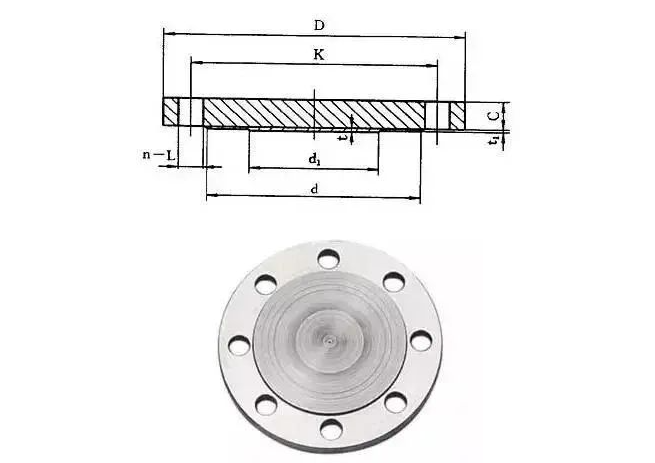
American standard neck flat welding flange
The necked flat welding flange is connected to the pipe end. Mainly the parts that connect pipes to each other.
There are holes on the neck flat welding flange, and bolts can be inserted to tightly connect the two flanges, and the flanges are sealed with gaskets.
The gasket is placed between the sealing surfaces of the two flanges.
After the nut is tightened, the specific pressure on the surface of the gasket reaches a certain value and then deforms, filling the uneven spots on the sealing surface to make the connection tight and leak-proof.
Flange connection is a detachable connection. According to the connected parts, it can be divided into container flange and pipe flange.
Neck flat welding flange is suitable for steel pipe connections with nominal pressure not exceeding 2.5MPa.
Neck flat welding flange is used for butt welding of flanges and pipes.
It has a reasonable structure, high strength and rigidity, can withstand high temperature and pressure, repeated bending and temperature fluctuations, and has reliable sealing performance.
The neck flat welding flange with nominal pressure of 0.25~2.5MPa adopts concave and convex sealing surface.
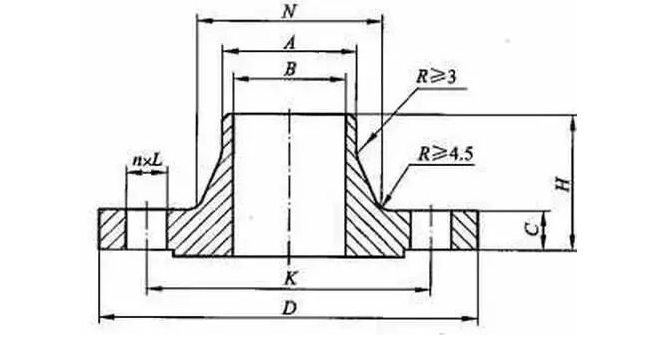
American standard neck butt welding flange
American standard flange is a part that connects pipes to each other and is connected to the pipe end.
American standard butt welding flanges are made by forging and casting.
American standard butt welding flanges can be divided into American standard butt welding flanges with necks and American standard butt welding flanges without necks.
American standard butt welding flange consists of two flange plates plus flange pads, which are fastened together with bolts to complete the connection.
There are holes in the American standard flange, and bolts tightly connect the two flanges.
